
Nick VanDyk (patient advocate) might have said it best when he replied to a Pat Killingsworth (myeloma author) blog post by saying: "Oh and by the way, every time you mention the need for a specialist I want to jump up and down in energetic agreement. The one constant throughout all our observations is that the local hem / onc, no matter how good their bedside manner or how smart they may be, doesn’t have the knowledge to treat this disease with optimum efficacy. People need to find somebody who really understands the disease and has treated hundreds if not thousands of cases." I nor most doctors could say this any better!
I want you to tell me your story in the comments below. I know of a few examples and I will present them, however there are so many more. And the myeloma patient community wants to hear your story and learn from your examples. I will discuss a few that I know of and provide an update on the three patients that Dr. Hari, Dr. Moreb, and Dr. Hofmeister had provided free second opinions for during the IMF's Multiple Myeloma Awareness Month last March. Again, I can not be more impressed with the generosity and humanity of these exceptional multiple myeloma specialists.
My Limited Evidence
One of my readers Stephanie wrote:
"My father was diagnosed with Multiple Myeloma in 1997. Their first doctor he consulted, an individual oncologist told my dad that his prognosis was grim. He recommended intensive chemotherapy and concluded that he had about six months to live. We are from Houston, TX, and this doctor warned my father from seeking care from M.D. Anderson. He told us that they would treat him terribly and subject him to horrible trials. Well, we decided to check out M.D. Anderson for ourselves. My father was a patient of Dr. Alexanian, the leading myeloma doctor in the U.S. (he retired last month at 84). I am happy to say that 16 years later, my dad is cancer free. Please, please, do your research. If my father would put his medical health in the care of that first physician, he would not be here today."
When I was being treated at UAMS, University of Arkansas for Medical Sciences in Little Rock, Arkansas, I ran into a number of patients whose local oncologists understood that Multiple Myeloma treatment was best left to a specialist and referred them to Little Rock. I had gone there because 7 years ago my daughter Andrea (editor on the health desk of the Wall Street Journal) did research for me and found that UAMS published a survival rate 7 years, and this we compared to the National Cancer Institute's rate at that time of 3 years. One patient I met there, a female born in Germany, but living in the US, had been told by her local hematologist that nothing more could be done. They researched and found UAMS. When she first came to UAMS her bone involvement was to the point that she could no longer walk, and she was pushed around in a wheel chair by her caregiver husband. Her first PET scan at UAMS showed she had over 100 lytic lesions. When I met her she was 2 years post transplant, was walking just fine, was in CR, and all of her lytic lesions had healed. If that was not a story of a Phoenix rising, nothing is.
If you follow this blog you might remember that last March was Multiple Myeloma Month and three doctors had been so generous as to provide a FREE second opinion to any patient throughout the world that may need assistance from a skilled multiple myeloma specialist. If you don't remember you can read about it in more detail if you CLICK HERE. It was my thought that these patients could benefit from a second opinion from one of these world renowned myeloma professionals. So now after five months, I have checked back with them to see how things were going.
The Patient from Kosovo
Kosovo, a new country in South East Europe which was a former part of the old country Yugoslavia - Arlinda had written that her 64 year old father was being treated in a health care system that had in her words many deficits. Dr. Moreb has worked with the medical information that was sent to him and noted that it was inadequate to determine if her father had myeloma, and that a number of additional tests would be required: Serum protein electrophoresis and immunofixation, urine protein electrophoresis and immunofixation, flow cytometry analysis on the bone marrow plasma cells to see if it is indeed clonal or polyclonal plasma cells or immunohistochemistry for CD138, skeletal survey to look for lytic lesions, Congo red stain on the kidney biopsy and immunohistochemistry for kappa and lambda light chain on the kidney biopsy as well. We have here the serum free light chain assay which is relatively new, may not have in Kosovo, and will also be extremely helpful. What is his blood albumin and LDH?
The family decided that they would move their father to a world class facility in Germany, have the tests conducted there and have them recommend a treatment plan. They then asked Dr. Moreb for his opinion on this course of treatment, and with a few tweaks he concurred with the myeloma specialists in Germany.
So what does Arlinda think about Dr. Moreb's contribution? She wrote, "I have thought of your response and the benefits of this program. I praise the initiative taken and value your contribution very much."
The Patient from Poland
Edyta wrote: My uncle Stanislaw has been diagnosed with multiple myeloma. He lives in the small village in south east corner of Poland (Rzeszow is the nearest town) where the medical care is really poor and especially in this part of Poland we do not have any good specialists who deal with this illness." Even with a local hospital, which was very slow in providing information, Dr. Hofmeister worked with Edyta and reviewed the data from them and provided this original review of the information, "This is not a lot of information. For all your hard work, you have communicated only two things to me:
- The bone marrow biopsy showed 26% plasma cells (that's abnormal as it's greater than 5% and consistent with a diagnosis of smoldering or active myeloma); and
- It looks like he is taking dexamethasone 40 mg a day for 4 days in a row, cyclophosphamide 500 mg weekly, and thalidomide 100 mg at night (in the U.S. and the U.K. this is abbreviated the CTD regimen). This is a reasonable treatment regimen.
All this is in the U.S. where bortezomib and lenalidomide are easily available. For your uncle the combination of cyclophosphamide, thalidomide, and dexamethasone is clearly adequate. If he has access to autologous transplant, then moving on to that makes sense. If autologous transplant is not available or he is deemed not a candidate because of overall health, then I would consider the CTD therapy that he is on for 4-6 cycles (or months) and then transitioning to just thalidomide maintenance at 50-100 mg once daily at bedtime."
So even with the problems with slow response from the hospital and getting the data translated to English, Edyta continues to provide her uncle's information for Dr. Hofmeister's review and states: " I am so grateful that this case and my uncle was chosen!"
The Patient from Racine, Wisconsin
Nicholas is just 30 years old, works, continues to work, but has no health insurance, and Nicholas finished his request by asking me: "I don't want a death sentence at the age of 30. So can you please help save my life?" Once Dr. Hari heard of Nick's case he asked me if he could participate in the free second opinion program. He has been working with Nick ever since then, however, the issue remains that Nick has no insurance, and so he got his second opinion from one of the very best myeloma specialists in the world, but without insurance or another method of payment there is little that anyone can do for him. Without treatment, Nick's prognosis is dim, with a life expectancy of less than one year without any negative prognostic factors. Nick, however does have igD multiple myeloma which some consider high risk. So should he give up and welcome the grim reaper?
NO WAY! Nick is just too tough and in his own words "BLESSED". Nick does not give up easily. He has been looking to find a way to get financial assistance. He found a program available from the Aurora Health Care System. He has worked with them and will get 100% coverage for treatment including transplant. It does not cover prescription drugs, so it excludes Revlimid, Thalamid, or Krypolis. However, he is on CyborD, and this has knocked down, but not out, his tumor load. In addition, one of the doctors at Aurora happens to be Dr. Michael Thompson, and Dr. Thompson is a skilled multiple myeloma specialist. Dr. Thompson is now his doctor at Aurora. For someone who was dealt such a crappy hand, so far Nick truly has been BLESSED.
So does a second opinion from a MULTIPLE MYELOMA SPECIALIST provide improved life expectancy and survival rates? I think the evidence supports this hypothesis. If you would like to obtain a second opinion you can find a HOW TO blog post if you CLICK HERE. As always may God Bless your myeloma journey.
For more information on multiple myeloma go to the web site www.myelomasurvival.com or you can follow me on twitter at: https://twitter.com/grpetersen1






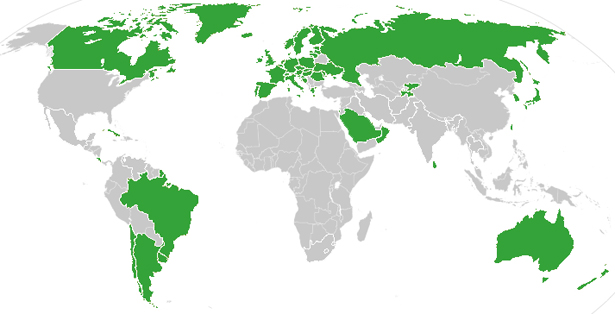
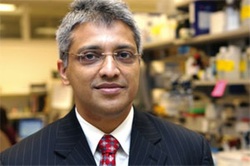
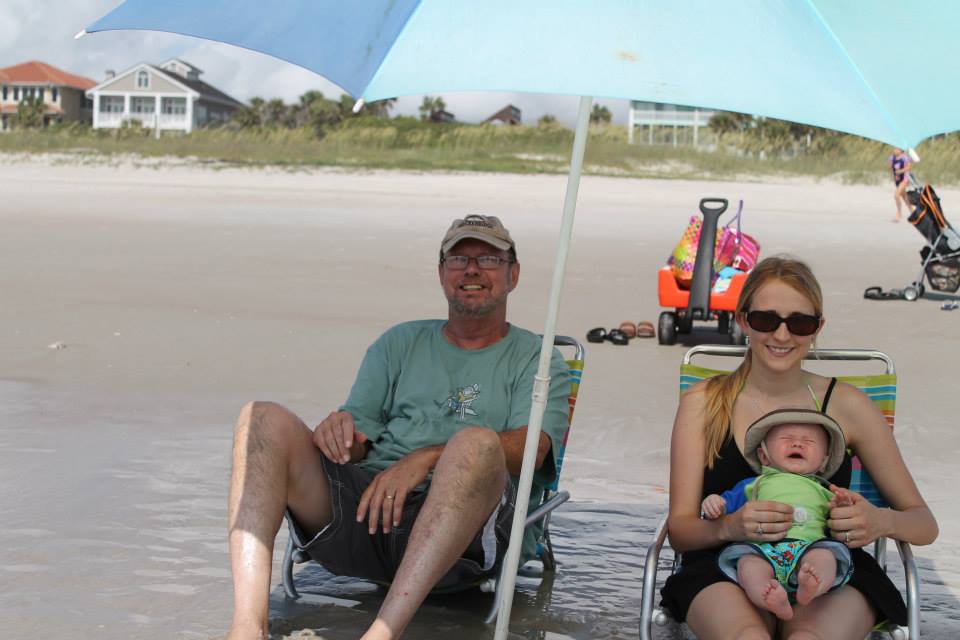
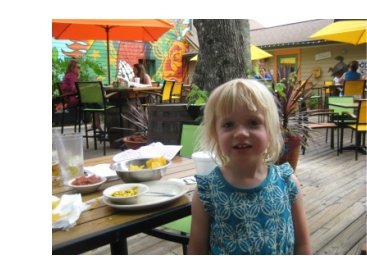

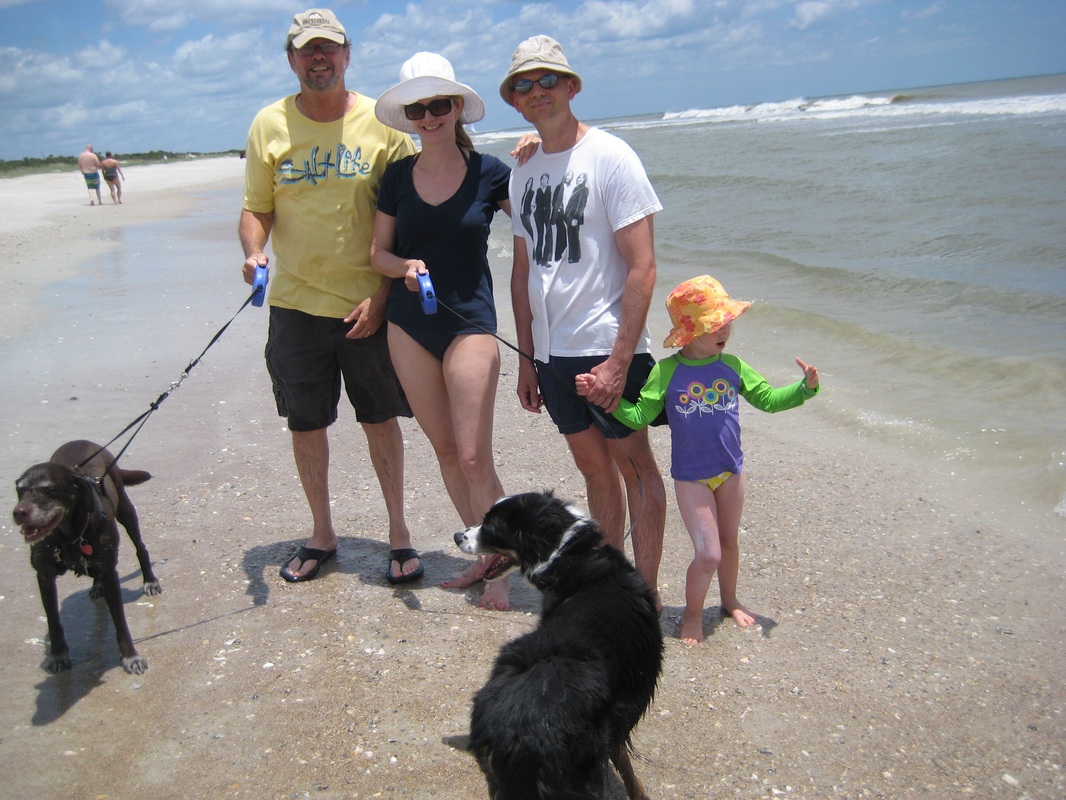
 RSS Feed
RSS Feed